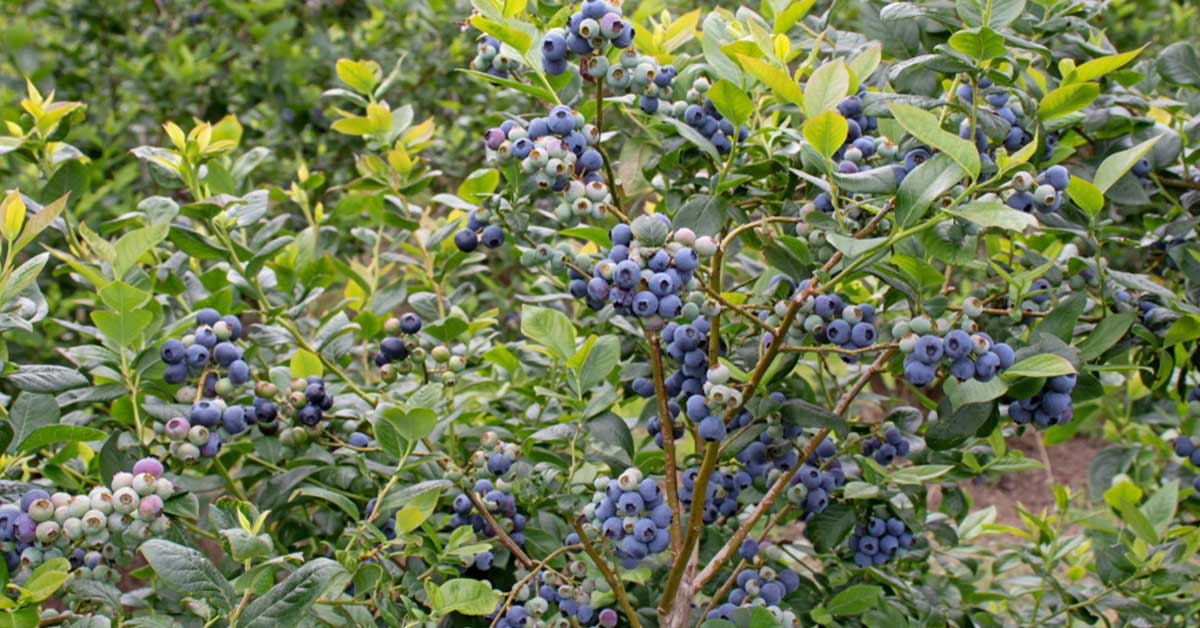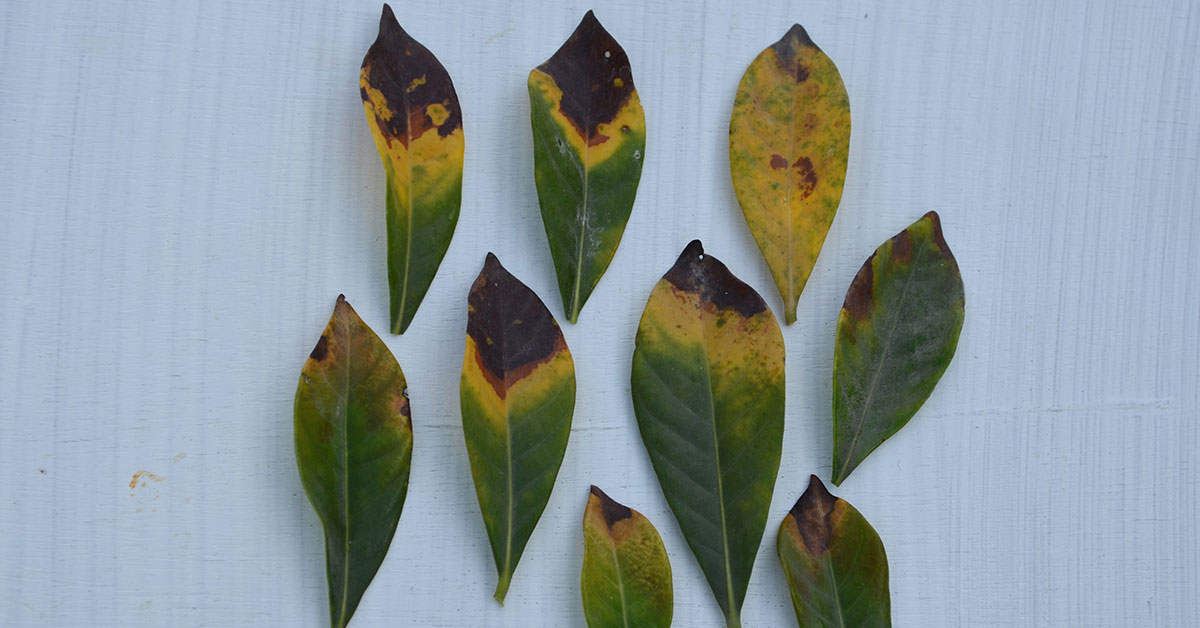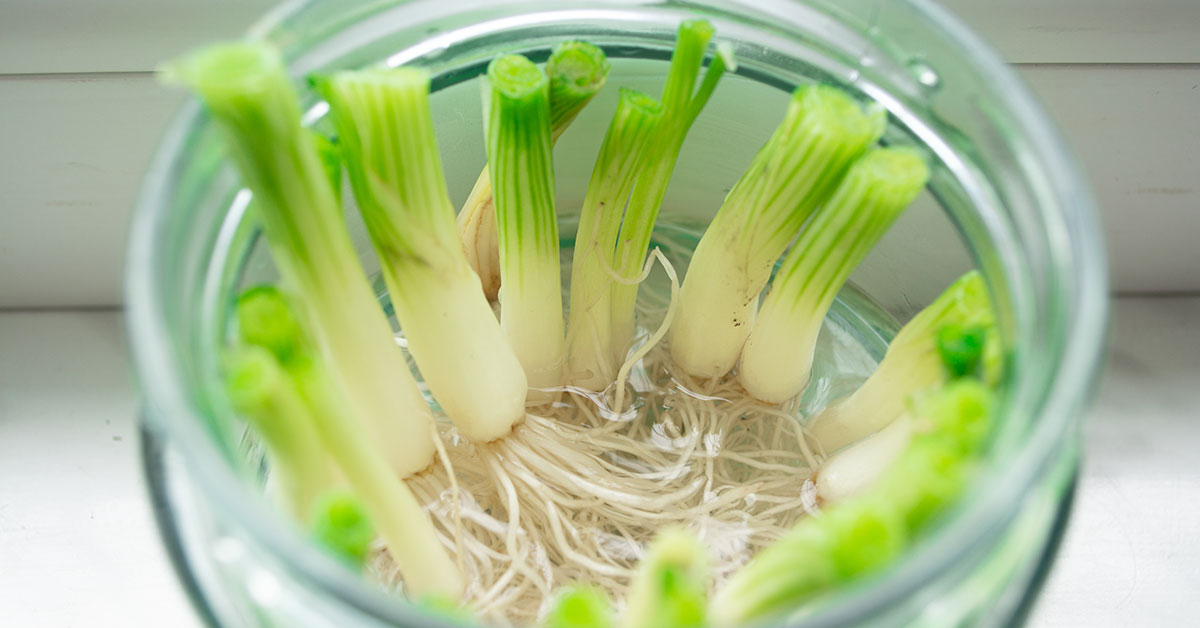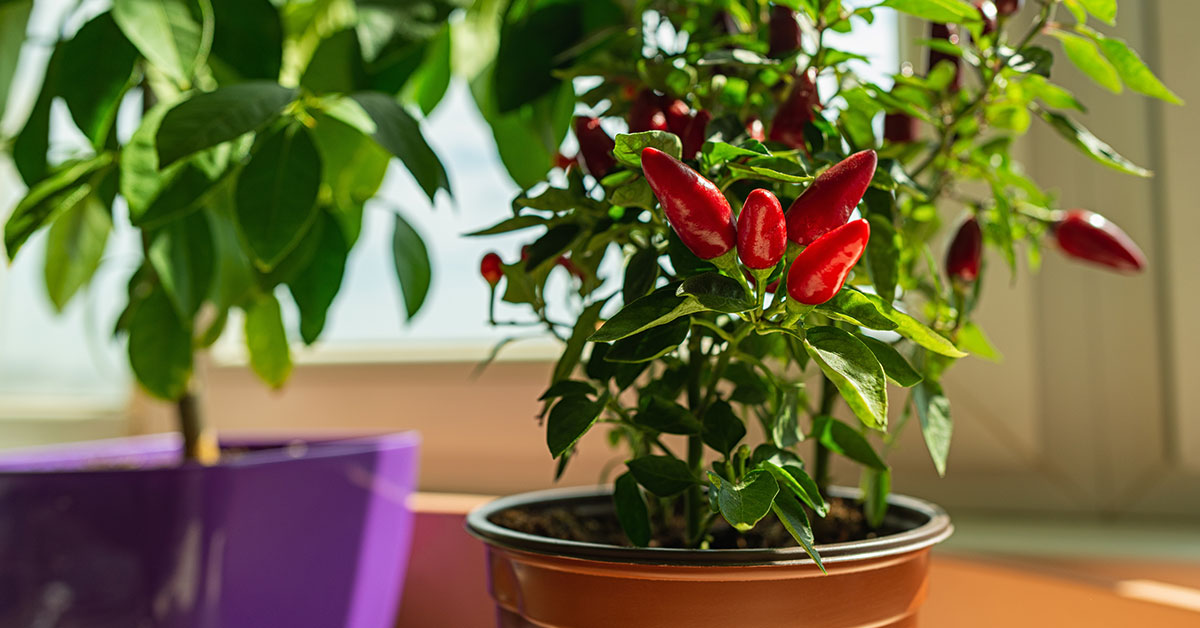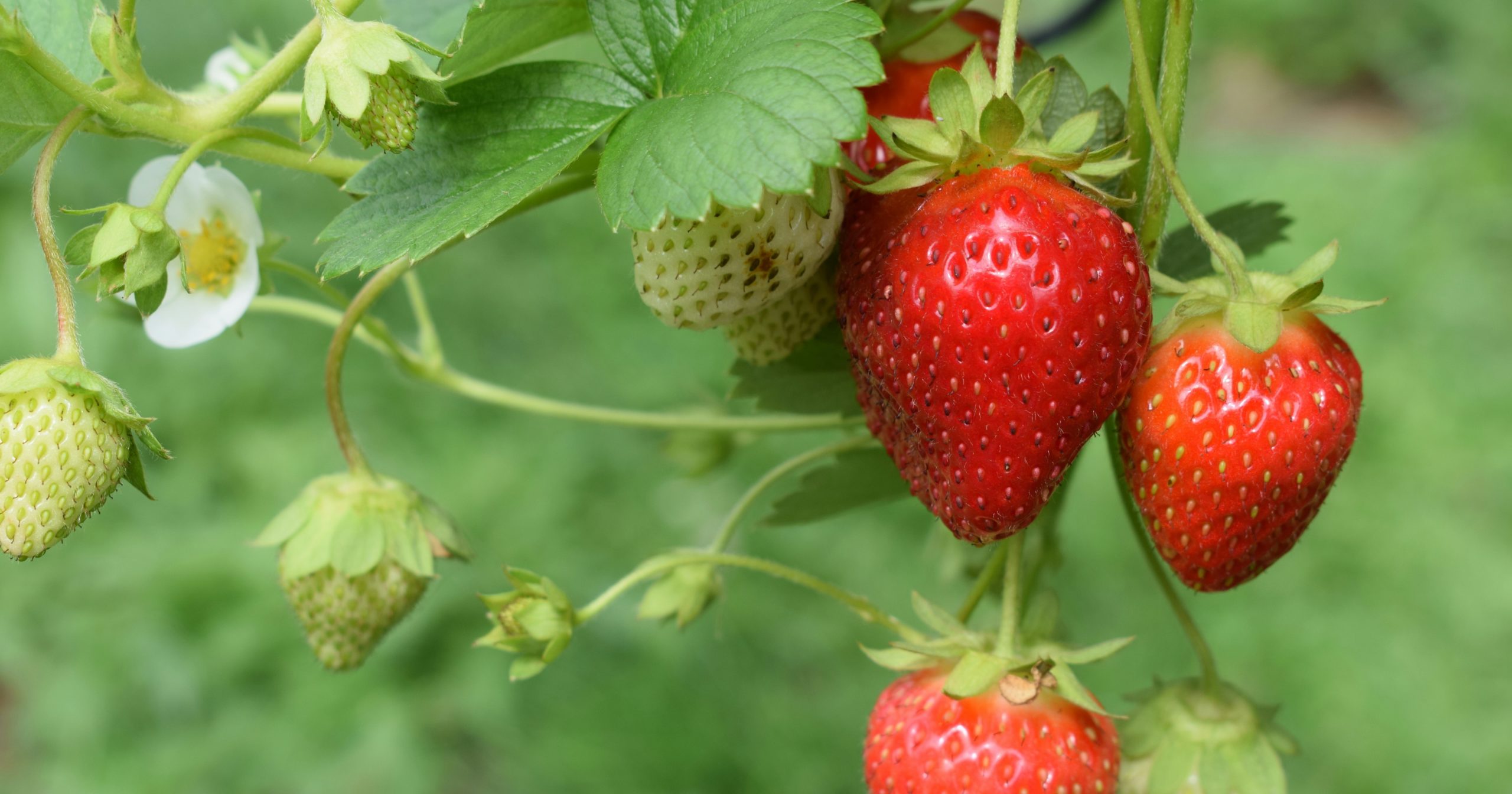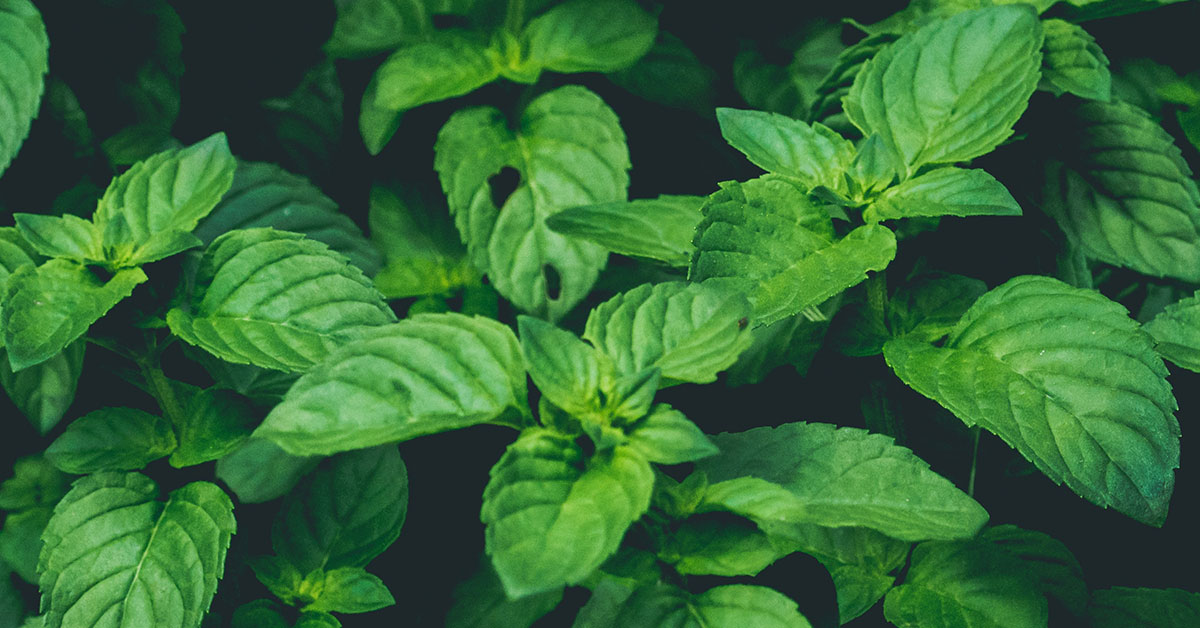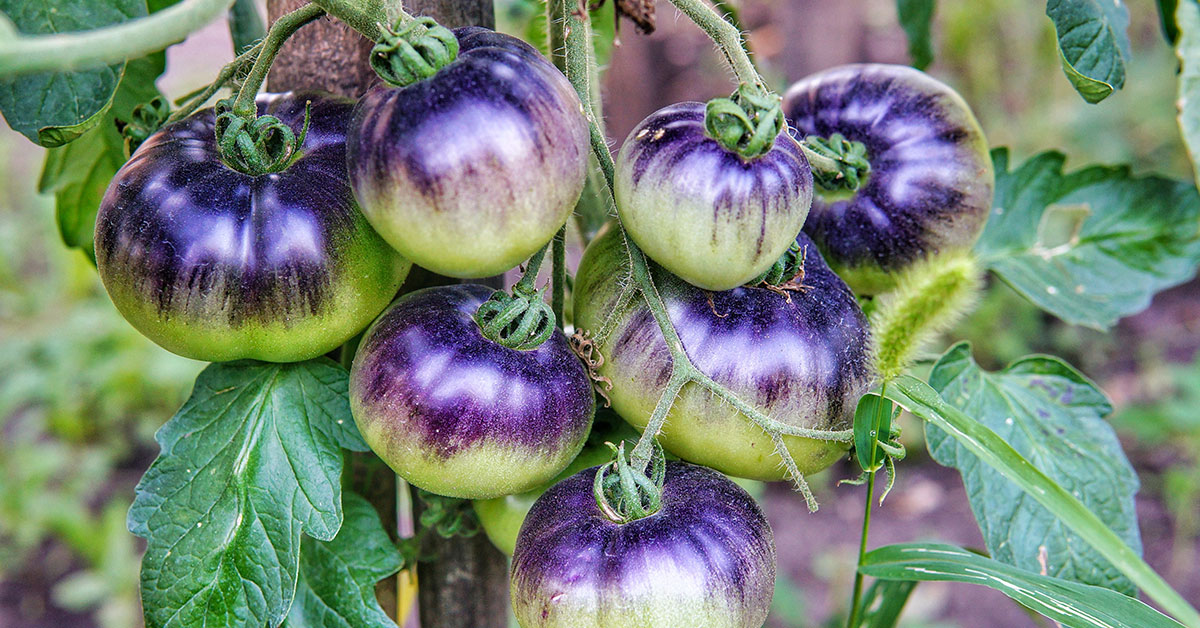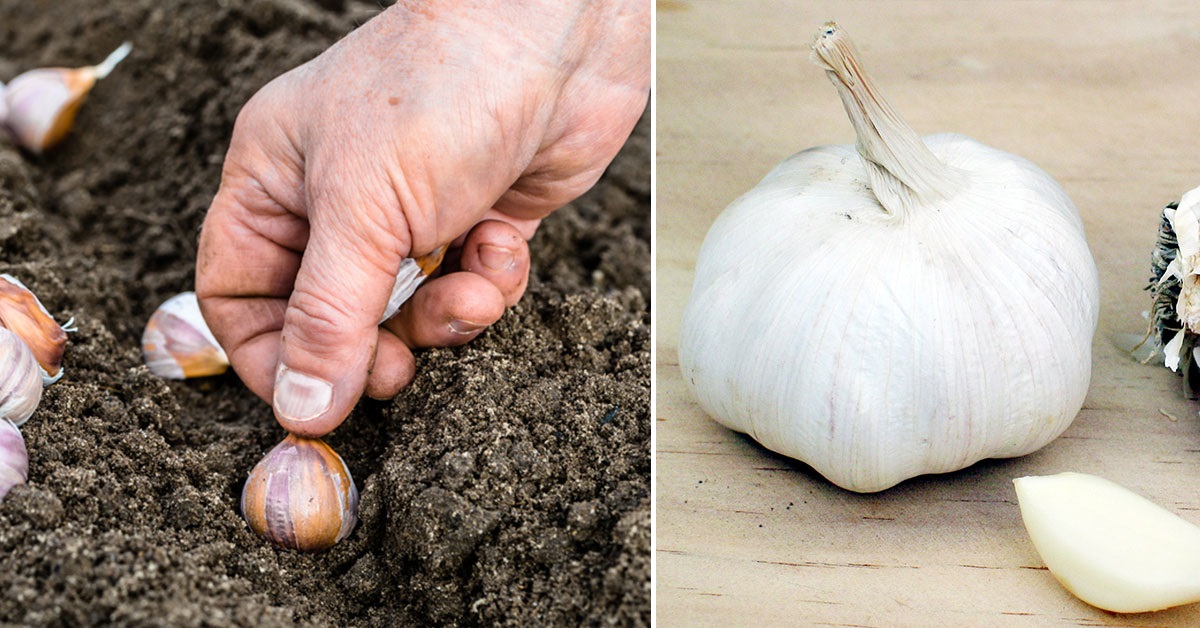The Patriot Blueberry is the perfect variety to start with. Known for its exceptional flavor, high yields, and adaptability to various climates. This berry is a favorite among home gardeners and farmers alike.
In this article, we will delve into the fascinating world of growing Patriot Blueberries, providing you with all the essential tips and insights you need to successfully cultivate these delectable fruits in your own backyard.
What is a Patriot Blueberry?
Patriot Blueberry, scientifically known as Vaccinium corymbosum ‘Patriot,’ is a deciduous shrub that belongs to the Ericaceae family. It is a highbush blueberry variety, which means it grows taller and produces larger berries compared to lowbush varieties. The Patriot Blueberry plant typically reaches a height of 4 to 6 feet (1.2 to 1.8 meters) and has an upright habit with dense foliage.
One of the distinguishing characteristics of Patriot Blueberry is its vibrant blue fruits. These berries are medium to large in size and have a slightly tart yet sweet flavor. They are packed with antioxidants, vitamins, and minerals, making them not only delicious but also incredibly healthy.
Patriot Blueberry is known for its adaptability to various climates and soil types. However, it thrives best in well-drained, acidic soil with a pH range of 4.0 to 5.5. It requires at least six hours of direct sunlight daily to ensure optimal fruit production.
This blueberry variety is considered hardy and can withstand colder temperatures, making it suitable for a wide range of regions. It is often grown in North America, particularly in the northern parts of the United States and Canada.
Patriot Blueberries are typically ready for harvest in mid to late summer, depending on the region and weather conditions. The berries should be plump, firm, and have a deep blue color. They can be easily picked by gently twisting them off the plant.
These blueberries are incredibly versatile and can be enjoyed in various ways. They are excellent for snacking, adding to smoothies, baking in pies and muffins, or even used as a topping for cereals and yogurt. The antioxidant properties of Patriot Blueberries also make them a popular choice for those looking to incorporate healthy ingredients into their diet.
What does a Patriot Blueberry taste like?
Before we discuss the taste, it’s important to note that the appearance and size of the Patriot Blueberry can contribute to our perception of its flavor. These blueberries are typically medium to large in size, with a deep blue color. The skin is smooth and glossy, giving the fruit an appealing visual appeal.
One of the defining characteristics of Patriot Blueberries is their natural sweetness. These berries are known for their high sugar content, which gives them a pleasantly sweet taste. When you bite into a ripe Patriot Blueberry, you can expect a burst of sweetness that is both satisfying and delicious.
While Patriot Blueberries are primarily sweet, they also have a subtle tartness that adds complexity to their flavor profile. This slight tanginess provides a delightful balance to the overall sweetness, making the berries more interesting and refreshing to eat.
Another aspect that contributes to the taste experience of Patriot Blueberries is their juiciness. When you bite into these berries, you’ll notice that they are exceptionally juicy, releasing a burst of flavor with every bite. The juiciness enhances the overall enjoyment, making each mouthful a juicy and flavorful experience.
Beyond their taste, Patriot Blueberries also have a pleasant aroma that adds to their appeal. The berries emit a subtle fragrance that is reminiscent of freshly picked blueberries, further enhancing the overall sensory experience.
How to start from seed
To begin the process of starting Patriot Blueberries from seed, it’s important to choose high-quality seeds. Look for reputable seed suppliers or consider saving seeds from a mature Patriot Blueberry plant if available. Once you have your seeds, follow these steps to prepare them for planting:
Place the seeds in a bowl of water and gently swirl them around. This will help separate any debris or non-viable seeds that may be present.
Discard any seeds that float to the top as they are likely not viable.
Drain the water and spread the remaining seeds on a paper towel to dry. Make sure to label the towel with the variety and date.
Stratification – Mimicking Winter Conditions:
Patriot Blueberry seeds require a period of cold stratification to mimic the natural winter conditions they would experience in their native habitat. This process helps break seed dormancy and promotes germination. Here’s how to stratify Patriot Blueberry seeds:
- Moisten a paper towel or coffee filter with water and wring out any excess moisture.
- Place the seeds on one half of the damp paper towel, making sure they are evenly spaced.
- Fold the other half of the paper towel over the seeds to cover them completely.
- Place the folded paper towel with the seeds inside a resealable plastic bag.
- Label the bag with the variety and date, then place it in the refrigerator for 8 to 12 weeks. Maintain a temperature between 32°F and 40°F (0°C and 4°C) during this period.
Sowing the Seeds: After the stratification period, it’s time to sow the Patriot Blueberry seeds. Follow these steps for successful seed sowing: Fill seed trays or pots with a well-draining seed starting mix. Moisten the soil lightly before sowing the seeds.
Place the seeds on the soil surface, spacing them about an inch apart. Gently press the seeds into the soil to ensure good seed-to-soil contact, but avoid burying them too deep. Cover the seeds with a thin layer of seed starting mix, approximately 1/4 inch deep.
Germination and Care: Once the seeds are sown, it’s important to provide optimal conditions for germination and growth:
- Place the seed trays or pots in a warm location with indirect sunlight.
- Maintain consistently moist but not waterlogged soil. Water from the bottom to avoid disturbing the seeds.
- Cover the trays or pots with a plastic dome or plastic wrap to create a greenhouse-like environment, which helps retain moisture.
- Check the trays or pots regularly for signs of germination, which can take anywhere from 2 to 12 weeks.
- Once the seedlings have emerged, remove the plastic cover and place them in a well-lit area with direct sunlight for at least six hours a day.
- Water the seedlings regularly, keeping the soil evenly moist but not saturated.
Transplanting the Seedlings: When the seedlings have reached a height of 3 to 4 inches and have developed a few sets of leaves, they are ready to be transplanted into larger pots or the garden. Follow these steps for successful transplanting:
Choose a location with full sun to partial shade and well-draining soil for planting the Patriot Blueberry seedlings. Dig a hole slightly larger than the root ball of the seedling and gently place it in the hole. Backfill the hole with soil, ensuring that the seedling is planted at the same depth as it was in the original container. Water the seedling thoroughly after transplanting to settle the soil around the roots.
How to grow this fruit in your garden
These instructions will guide you through the essential steps to successfully cultivate Patriot Blueberries in your garden or backyard.
- Choosing the Right Location:
Patriot Blueberries thrive in full sun, so it’s crucial to select a location that receives at least six to eight hours of direct sunlight each day. Additionally, they prefer well-drained soil with a pH level of 4.5 to 5.5. Consider conducting a soil test to ensure the pH level is suitable for growing Patriot Blueberries. - Preparing the Soil:
Before planting Patriot Blueberries, it’s essential to prepare the soil properly. Start by removing any weeds or grass from the area and loosen the soil with a garden fork or tiller. Incorporate organic matter, such as compost or well-rotted manure, to improve soil fertility and drainage. - Planting Patriot Blueberries:
Patriot Blueberries are best planted in the spring or fall when the soil is moist and temperatures are moderate. Dig a hole that is twice as wide and deep as the blueberry root ball. Place the plant in the hole, ensuring that the top of the root ball is level with the soil surface. Backfill the hole, gently firming the soil around the plant. Water thoroughly after planting. - Watering and Mulching:
Proper watering is crucial for Patriot Blueberries. Keep the soil consistently moist, but avoid overwatering, as excessive moisture can lead to root rot. Applying a layer of organic mulch, such as wood chips or pine needles, around the plants will help retain moisture, regulate soil temperature, and suppress weed growth. - Fertilizing:
Patriot Blueberries have specific nutrient requirements. Fertilize the plants with a balanced, acid-loving fertilizer in early spring just before new growth begins. Follow the instructions on the fertilizer package for proper application rates. Avoid over-fertilizing, as it can harm the plants. - Pruning and Training:
Pruning is essential for maintaining the health and productivity of Patriot Blueberries. In late winter or early spring, remove any dead, damaged, or crossing branches. It’s also important to thin out crowded areas to allow better airflow and light penetration. Training the blueberry bushes to an open-centered shape will aid in better fruit production and easier harvesting. - Pest and Disease Management:
Like other blueberry varieties, Patriot Blueberries are susceptible to certain pests and diseases. Monitor your plants regularly for signs of common issues like aphids, mites, or fungal diseases. Implement appropriate pest control measures, such as natural predators or organic sprays when necessary.
Remember to provide them with the right growing conditions, maintain proper care, and address any issues promptly. With a little patience and effort, you’ll be rewarded with a backyard filled with vibrant Patriot Blueberry bushes and an abundance of tasty berries.
